iPhone 12 Max vs Surface Duo Review: A close call, but I’m sticking with the iPhone
19 min. read
Published on
Read our disclosure page to find out how can you help Windows Report sustain the editorial team. Read more
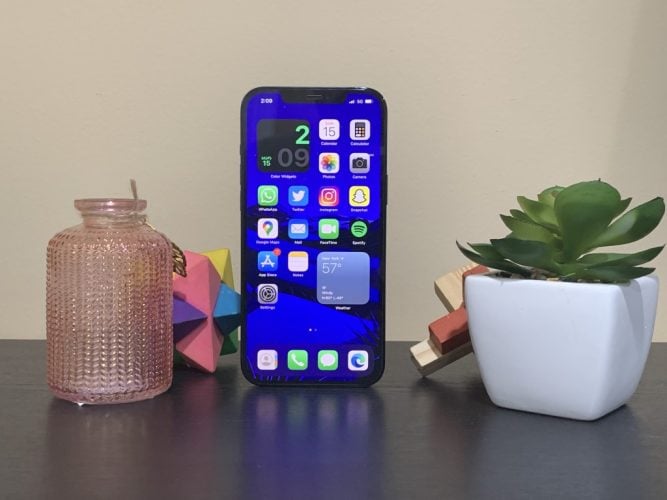
A few months ago, I purchased the Surface Duo and dubbed it “a dual-screen phone to love, if you give it a chance.” No doubt, I really loved the phone, and I wanted to keep it as my daily phone as the dual screens were a game-changer for me.
Eventually, though I did end up returning my Duo. That was due to issues with the camera quality, as well as the overall performance and bugs, and a problem with the USB-C port. In its place, I picked up an iPhone 12 Pro Max instead, priced just about the same when fully maxed out to 512GB.
As a Microsoft fan, that might sound shocking, but this was a purchase that I was excited about for a couple of reasons. I was curious, what does $1,400 from Apple get you, compared to $1,400 from Microsoft? And, can an iPhone fit in with the Windows and Microsoft ecosystem? Let’s find out.
The design
When I reviewed the Surface Duo, I especially mentioned how much I loved its unique design. I noted that I never quite felt a phone as thin as the Duo and that the phone feels very premium. Well, the same actually applies to the iPhone 12 Pro Max, too.
Coming from the Duo, the iPhone feels just as premium, though there are some things I didn’t like. It sometimes feels “top-heavy” and (without a case) is a bit tough to hold with one hand when compared to my old Duo, which was evenly weighted across both the folded and unfolded modes.
Generally speaking, though, while past and more recent iPhones have featured a curvy and all-glass design, the iPhone 12 lineup is different. It “refreshes” and brings back the squared-off look seen on the iPhone 5 and the iPhone SE (the original.) This means that, much like when you hold the Duo, the iPhone 12 Pro Max feels amazing.
While it’s not as wide or as short as the Duo, the phone feels nice in your palms. And, the polished stainless steel band shines bright, though it is a fingerprint magnet and requires a lot of wipe downs when not in a case. Not to mention the smooth soft-feeling brushed texture on the back of the phone, too. It’s a welcoming feel for such an expensive phone and a change from the all-glass Duo that I used for over a month and a half.
But the key takeaway from the design of the iPhone 12 Pro Max is that it is a big phone. At 228 grams, and 6.33 inches in length, and 3.07 inches in width, it’s not a phone for people with small hands. As someone who prefers bigger phones, it didn’t bother me much, but the Duo is definitely designed to be a bit more compact, I think.
After using both, the Duo definitely feels a bit shorter, and wider than the iPhone, as it’s not a traditional “candy bar” phone, even when it’s closed. For comparison, the Duo measures in at 5.7 inches in length, and 3.7 inches in width when closed, and weighs 150 grams.
The display
One of the best parts of the Surface Duo for me were the displays. Featuring two dual PixelSense AMOLED displays, it opens up to a single 8.1 inch 2,700×1,800 resolution display. The panels are in the 3:2 aspect ratio and come in at 401 PPI. The single screen, when folded, meanwhile, came in at 5.6 inches, with 1,800 x 1,350 resolution and a 4:3 aspect ratio, and 401 PPI. It all meant for some awesome productivity, and different modes of use, as I explained in my review. But I’m not here to rehash that.
The star of this review is the iPhone 12 Pro Max. While it isn’t a dual-screen phone, it does feature a fantastic screen. As someone who owns an iPad, this phone definitely feels and has the look of a mini iPad in your pocket. The OLED display on the 12 Pro Max is one of the largest Apple has ever made on an iPhone. At 6.7 inches and the 2,778 x 1,284 resolution at 458 PPI, it definitely packs a lot of pixels and brightness, even more so than the Duo.
Just take the default blue wallpaper in the image above for instance. Even at low brightness, the blue colors pop up against the yellow in the Snapchat icon, and the red in the Instagram logo. Though this isn’t a 120Hz screen as I want (and as you’d find in most Android phones,) Apple definitely got this panel right in terms of vibrancy, and image quality. So much so that DisplayMate gave it the highest-ever recorded rating. I feel that in terms of image quality, vibrancy, and brightness, the iPhone is much better.
The bezels on the display are also a bit smaller when compared to the iPhone 11 Pro Max, and other iPhones. Even with the infamous notch on the top, it is here where the iPhone makes the Duo’s thick black chins look ugly and embarrassing. That’s because Apple is able to stretch the display further to the edges thanks to the squared-off corners. Do note that there’s also a Ceramic Shield protection on the display, too. This allows for more protection for drops and scratches (which I really think the Duo lacks because of its thinness) but I definitely didn’t want to smash my $1,400 phone on the concrete to test it out.
Despite the large screen, there’s no support for the Apple Pencil on iPhone 12 Pro Max. This is something that the Duo did really well, thanks to its notebook form factor, as well as its dual-screens that can fold out to the iPad. I found myself using a stylus with a rubber tip on the iPhone, just to scribble in OneNote.
But there is one other flaw with this display. While Microsoft has tweaked the Duo with Microsoft Launcher to work well with Android and the dual-screen setup, Apple hasn’t optimized its iOS operating system for this large screen, and at times it feels like wasted space. For instance, the same amount of apps fit on the home screen as on the smaller iPhone 12 Mini. Some apps also don’t scale or take advantage of the big display, and only 1-2 more Tweets or posts on Instagram fit on the big screen. I’ll have more on that later, though.
The cameras
There’s no hiding it. One of the most controversial things about the Surface Duo was its single camera sensor. I was an advocate for the camera at one point and even said that it was “good enough but could be better” and I posted about how you can improve your shots from the Duo, too. However, the minute I saw Apple showcase the iPhone 12 Pro Max cameras during their iPhone event, I was sold on sending back the Surface Duo.
For the same price of $1,400, the iPhone makes the Duo’s single 11-megapixel camera laughable. It is true that the Duo is meant as a productivity phone, and the iPhone is more an all-purpose device, but for me, the iPhone 12 Pro Max Camera system really won me over and made me despise the Surface Duo a lot.
TL;DR, with the iPhone 12 Pro Max, Apple made several camera advancements that the Duo seriously could have used. With a three-camera setup (same as the iPhone 11 Pro Max) the phone really is an amateur photographer’s dream. Not to mention the support for Apple Pro RAW, which will let photographers tweak their photos more. But, I digress. See some sample images below and you be the judge.
With iPhone 12 Pro Max, there’s a standard lens, which comes in at 12 megapixels, a 12-megapixel ultra-wide lens, as well as a 12 megapixel 2.5 telephoto zoom lens (unique to the iPhone 12 Pro Max and the 12 Pro.) I’ll also mention the LIDAR sensor and here, too, which is that little black dot on the bottom of the lens on the 12 Pro and 12 Pro Max. Oh, and the fact that the phone has a 47% larger sensor, a faster f/1.6 aperture lens, too. Bottom line, this camera system knocks the Duo out of the water.
Again, compared to the Duo, the iPhone has a lot of great camera technology in it for the price. Thanks to the LIDAR sensor, the phone takes some amazing portrait shots. The wide-angle lens also lets you fit more into your shot, and the bigger sensor, combined with the LIDAR scanner helps the phone takes night-time shots with lots of detail. This was the biggest area where the Duo struggled in my time with the phone. Do note, too, though that the LIDAR scanner helps in creating 3D models as well, as my Tweet below will show. It’s a new technology, but it’s pretty cool, nonetheless.
https://twitter.com/abacjourn/status/1333139045342437378?s=20
Unfortunately, though, the iPhone 12 Pro Max doesn’t improve the front-facing camera. It’s still the same as all other iPhone models. No changes, no extra-wide lens as on the Pixel 3XL. Since the Duo’s main 11-megapixel lens also serves as its front-facing camera, Microsoft wins on this front. Nothing is wrong with the iPhone’s selfie lens, but the Duo is able to capture more detail than the selfie lens on the iPhone, for sure.
The apps, iOS 14, and the use with Windows 10
Now, for the good part. As I mentioned in my Duo review, Microsoft worked with Google to heavily optimize the Android phone for the dual-screen setup. You can read my review for more on why, but it comes down to productivity, multi-tasking, plugging in with Windows 10, and getting more done. That’s what makes the Duo a great buy, especially if you’re a Microsoft fan. But this is also where the iPhone 12 Pro Max falls just a tiny bit short if you’re looking to buy the phone for use with Windows, or general day-to-day productivity, or office work like myself.
You see, Apple hasn’t really optimized the iOS operating system to take advantage of the large-screen on the iPhone 12 Pro Max. Unlike what you see on the Duo, you can’t split-screen apps or use two apps at the same time on this beautiful, big screen. I get that this isn’t a dual-screen phone, but this split-screen is something that’s common on most phablet Android devices, but not on the iPhone.
It’s the missing piece to the puzzle for this $1,400 price. I found myself just swiping up to switch between apps, instead of opening them up side by side, as I did on the Duo or even on my Pixel 3 XL. One day, maybe Apple will add this to iOS 15, perhaps. I really would love to see the split-screen multitasking from iPad OS on iOS, too.
Then, there’s the other side of the story — the apps. With the Duo, Microsoft bundles its own apps onboard the device, allowing you to get the best of Microsoft on Android. As the iPhone 12 Pro Max is an Apple phone, you won’t get the same. You’ll have to download Microsoft apps on the Apple App Store, instead.
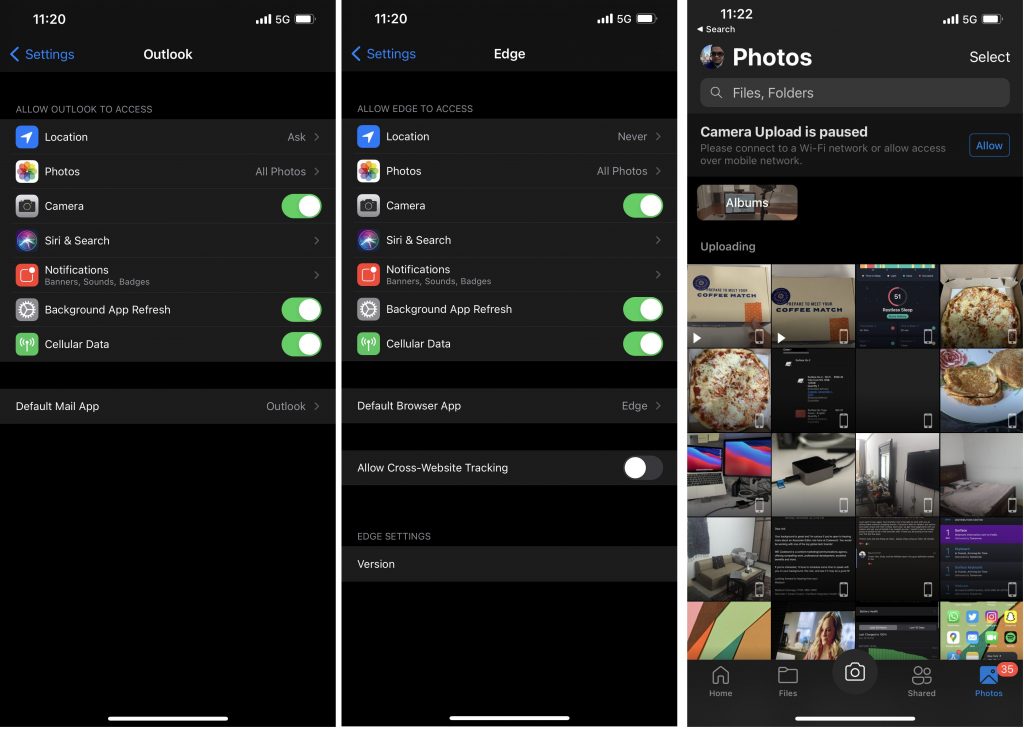
Apple, though, did introduce the ability to set a default email app or browser on iOS 14, and this helps if you want to stay locked to Microsoft-only apps on an iPhone. You can set Edge as the browser, and Outlook as the mail app. OneDrive can also be used as a workaround to iCloud too, and you can sync your photos to OneDrive and your PC, instead. That’s how I’ve been using my iPhone, and well, it just works!
The other thing here is the way the iPhone works with Windows 10. Your Phone isn’t yet optimized for iPhones, and I’m not sure it ever will be. The Duo does great things with Link to Windows, as I explained before, but so can the iPhone. If used with Dell Mobile Connect, you can get texts, photos, and even mirror your phone to your PC, too. I’ve compared Your Phone to Dell Mobile Connect before, It’s not as clean an experience as Your Phone because it requires Bluetooth, but it works well with iPhones and can bring iMessages to Windows, and that’s what matters to me.
Speaking of Windows 10, I’ll touch on connectivity and charging here, too. iPhone 12 Pro Max still sports Apple’s proprietary Lightning Connector. Apple bundles a USB-C to Lightning connector in the box to connect with modern Windows PCs, but there’s no charger included. Microsoft opts for USB-C and gives you a charger, however. The iPhone also sports support for QI charging or charging via Apple’s own “MagSafe” magnetic attachments, too, which is new this year. This is something that the Duo lacked.
The 5G, performance, and battery life
Finally, I’ll end this review by touching on the overall performance, battery life, and 5G on the iPhone. In all these areas (except 5G of course,) the iPhone is just as good as the Surface Duo.
I’ll start first with the performance. iPhone 12 Pro Max comes with Apple’s latest A14 processor, as well as 6GB of RAM (though Apple does not like to report this figure publicly). Still, that means the iPhone performs like a beast. It speeds through everything I threw at it, including games like Mario Kart Tour, or Call of Duty Mobile. I even was able to edit a video on the iPhone 12 Pro Max via iMovie, and it spits out the 1 minute long1080p 30FPS video in under 5 seconds.
It’s hard to truly compare the performance of the iPhone to the Duo, as the iPhone has no real multitasking or split-screen, but I think it really holds up well. Both phones have 6GB RAM, and the Duo is using last year’s Qualcomm chipset. It’s an even match in performance here, though I do feel as though the iPhone has an edge as Apple optimizes the A14 for iOS in the same way it does the M1 on Macs. TL;DR, there are no bugs or need for monthly patches like the Duo gets.
Just made this short movie directly on iPhone 12 Pro Max using imovie and the B-roll that I shot today using my gimbal. It put out this in just 3 seconds. Insane. That A14 chip is amazing. pic.twitter.com/8bGVxGWbUP
— Arif Bacchus (@abacjourn) November 16, 2020
Next up is the battery life. As I mentioned in my Duo review, I ended up getting about 4-6 hours of screen on time with the 3,577mAh battery. The iPhone bumps that battery size up to 3,687 mAh, which is a tiny bit bigger, but the overall battery life for me was the same. For my daily use, which is usually 8 AM-12 AM midnight, I get around 6-7 hours of battery. It was enough to last me a day and a half before I had to plug in to charge. I did turn off 5G, though, as I’ll get into next.
Getting good battery out of the iPhone 12 Pro Max. So far it's about 5 or 6 hours of screen on time a day. Last charged this on Weds at 4:30. And it's cycled me through a day and a half. Impressive. I turned off 5G though. Didn't see the point for it. pic.twitter.com/gJ1M7COjUI
— Arif Bacchus (@abacjourn) November 20, 2020
Now, a lot of reviewers slammed Microsoft for not having 5G on the Duo, but I always questioned if we really needed 5G. After buying the iPhone 12 Pro Max. I’d say no. Right now, the T-Mobile cellphone towers in my neighborhood do not support the mmWave 5G spectrum. So, sitting at home, I don’t see much speed difference on my iPhone when on LTE vs when on 5G with T-Mobile. It’s a small 10MB/S difference on most days. Traveling to the city, though, bumped the difference up significantly, by maybe 30-50 MB/S. So yeah, depending on where you live, 5G isn’t worth it for now, and the Duo did not miss out on much. It’s great to have it, though as it makes the phone future proof.
So is 5G worth it? I'm not sure what's going on but I am sitting at home inside the deepest part of my house. The 5G speeds on T-mobile are definitely faster than the LTE. Not by much. But it's faster. Bottom was 5G. Top is LTE. pic.twitter.com/iyKD8uz66T
— Arif Bacchus (@abacjourn) November 13, 2020
At the end of the day, though, performance, battery life, and connectivity on the Duo and the iPhone 12 Pro Max are relatively the same. It’s not as much of an Apples to Oranges comparison as it is with everything else. Just remember, iOS will be a lot less buggy than Microsoft’s implementation of Android on the Duo.
A purchase I am satisfied with and a phone to keep
Looking at my experience so far, I am very satisfied with the iPhone as a Microsoft fan. Yes, the phone doesn’t plug into Windows 10 or Microsoft Apps as well as the Duo does, but there are workarounds to make that happen with Dell Mobile Connect and setting default apps on iOS 14. The cameras are also superior on the iPhone, too, which is one of the most important things for me. I do believe Microsoft has done great with multi-tasking on Surface Duo, however, as iPhones really do lack in this area, despite the large screen on the 12 Pro Max. But, I think this iPhone will be a keeper.
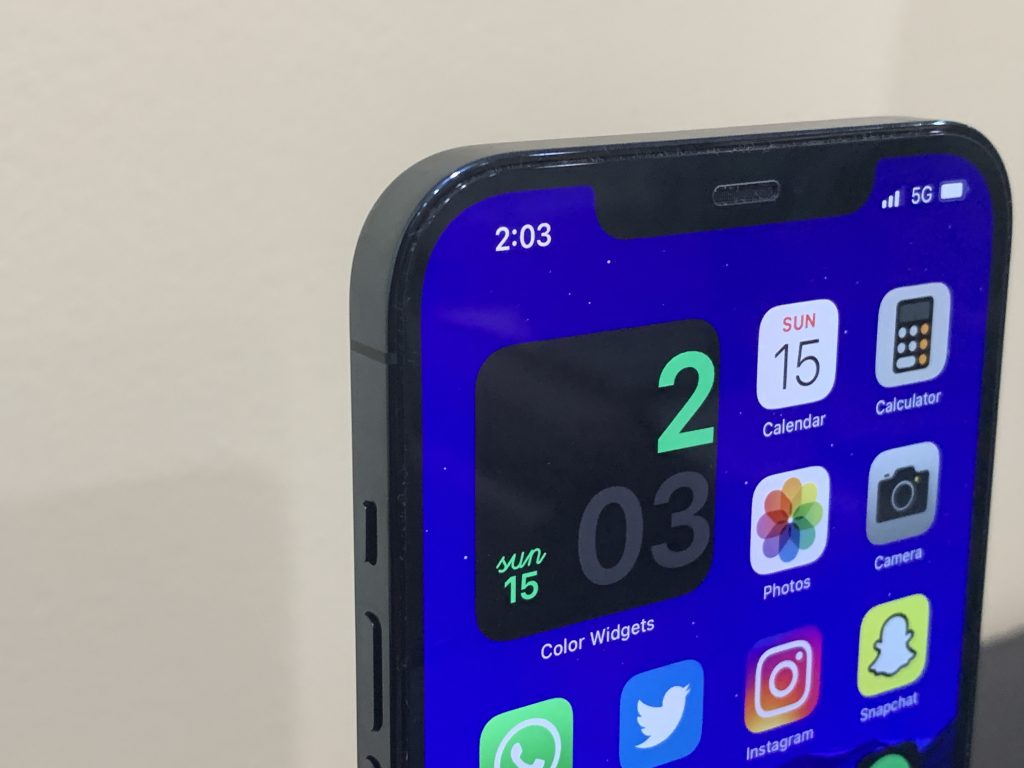
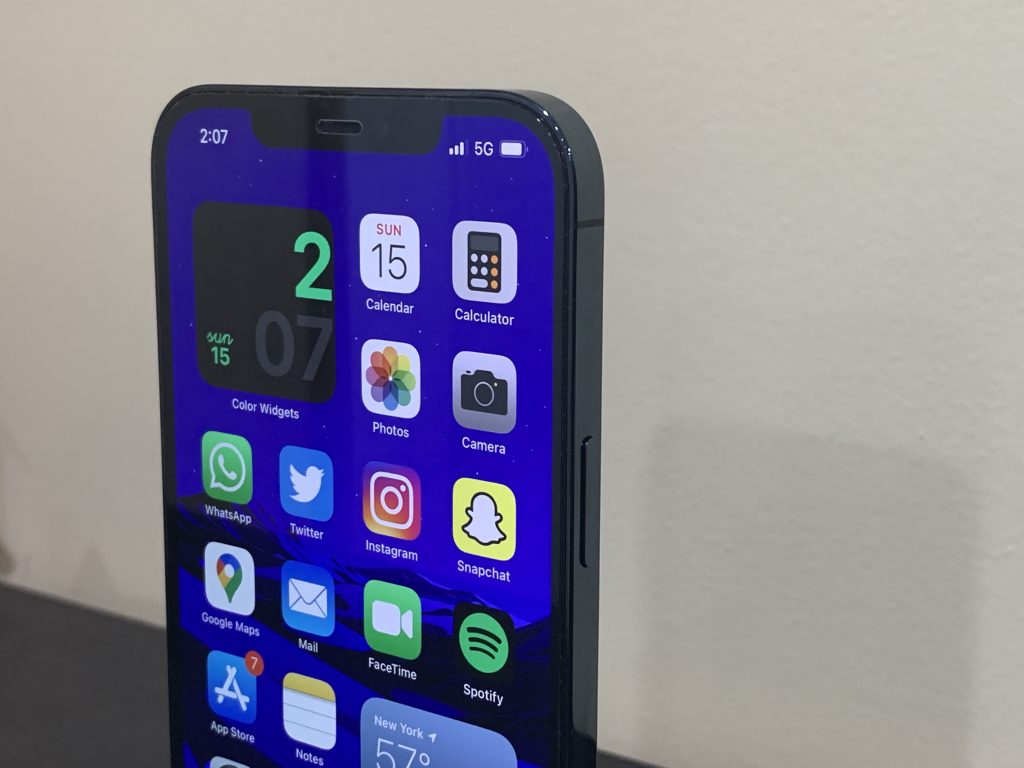
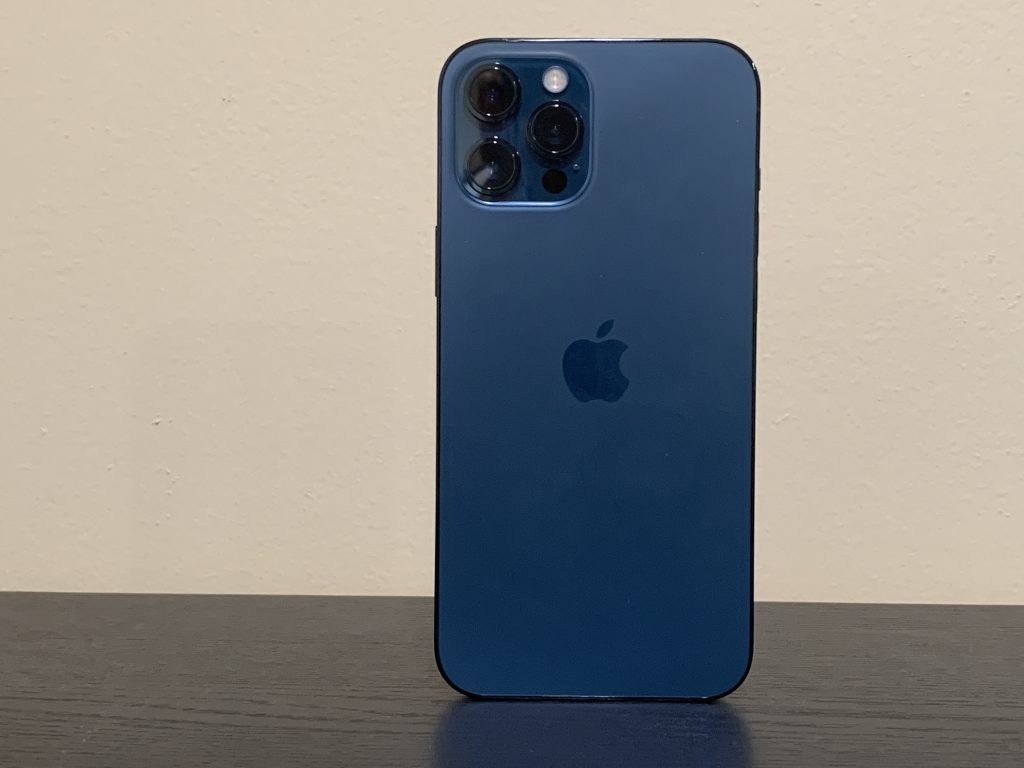
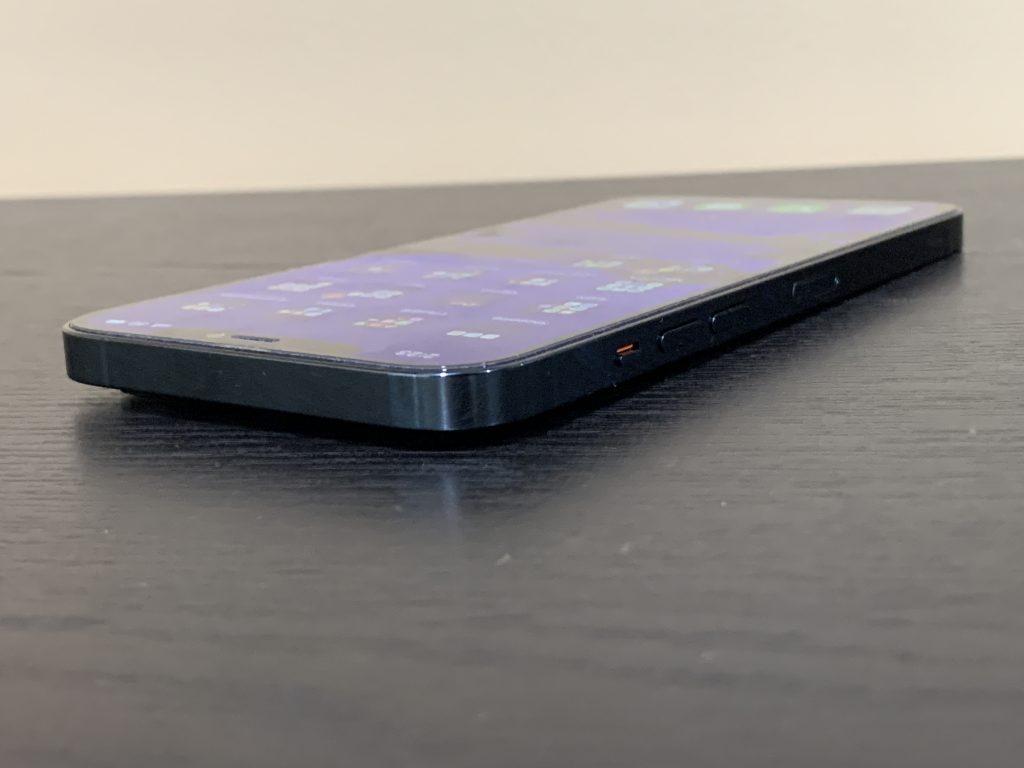
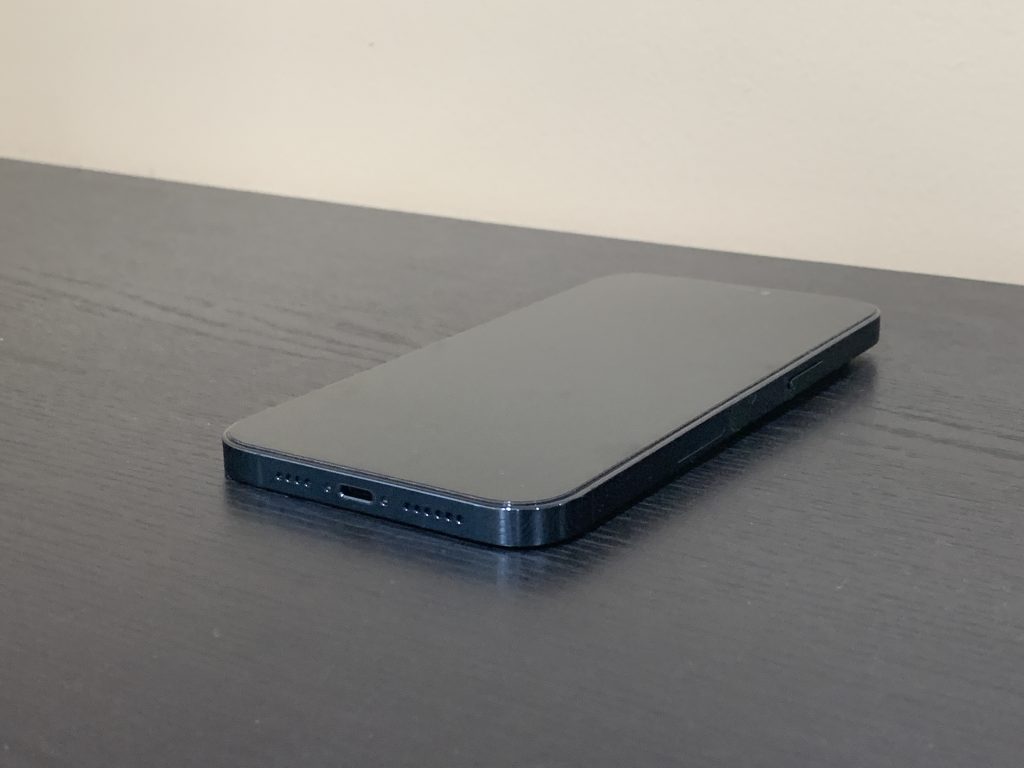
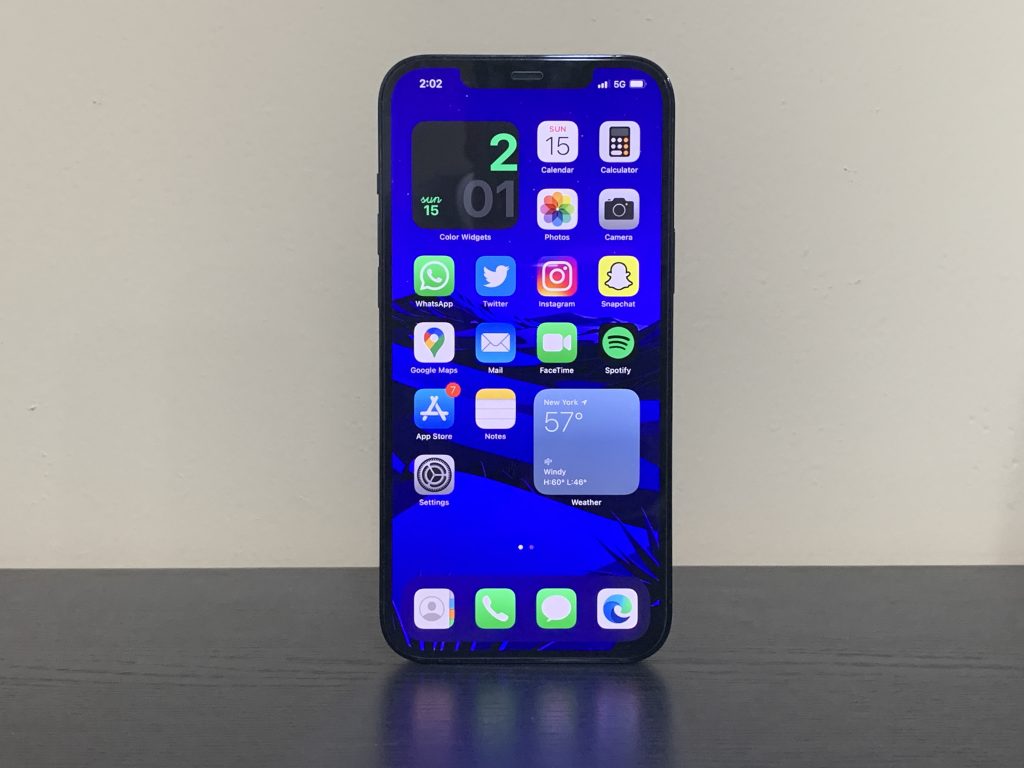
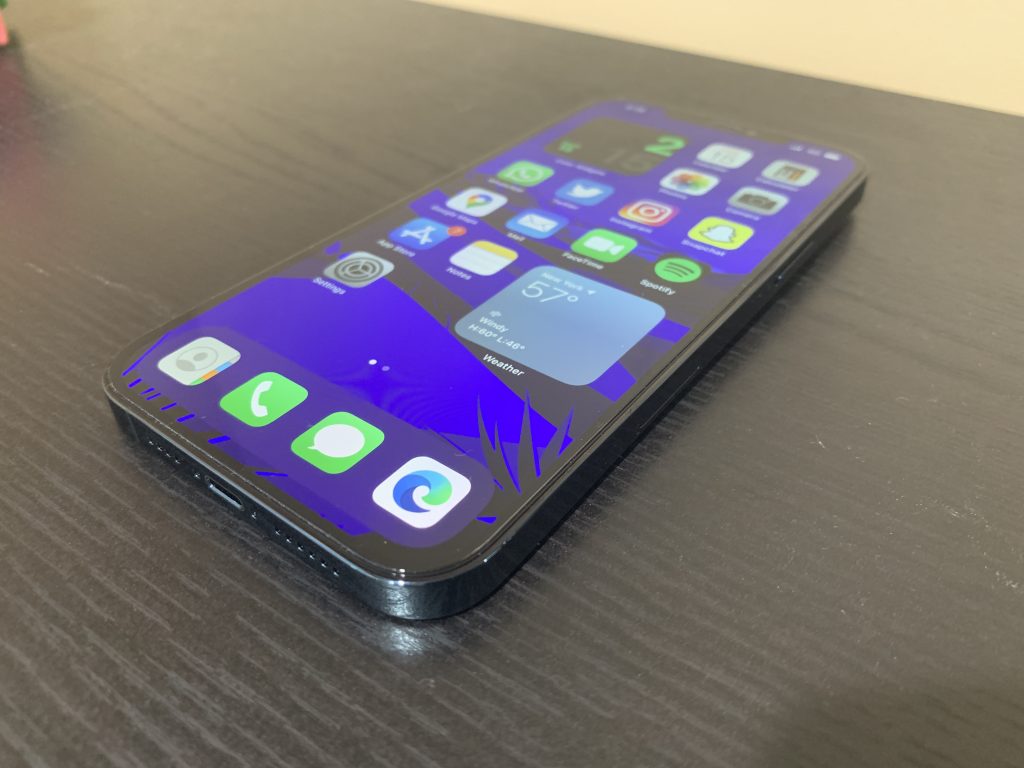
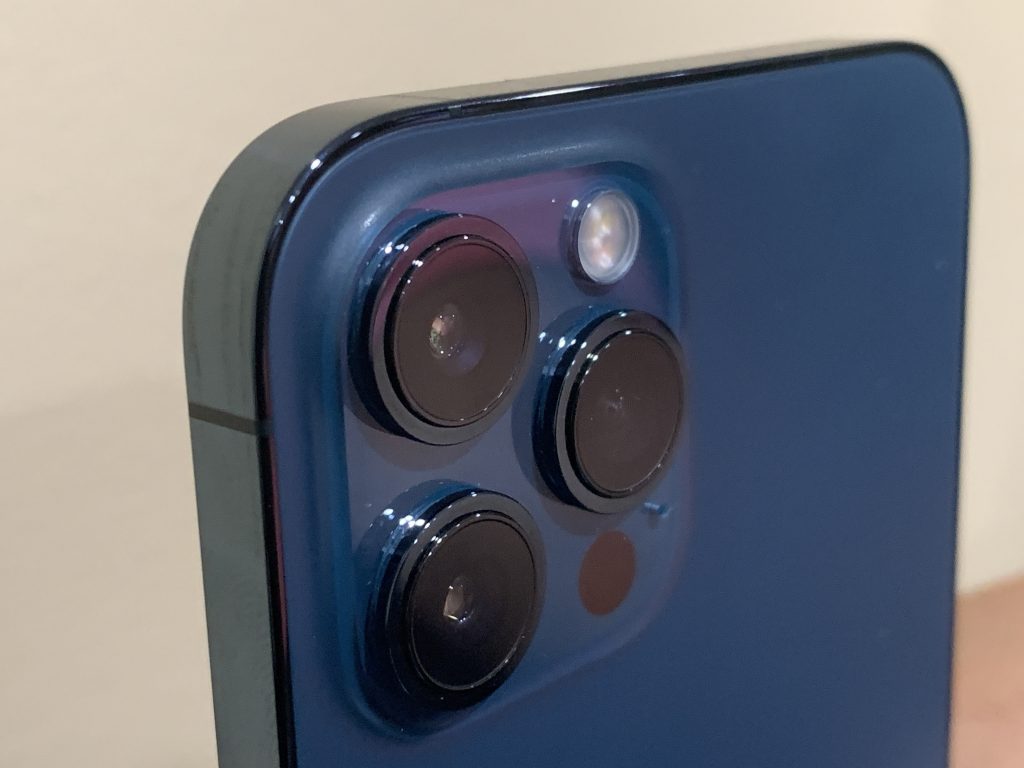

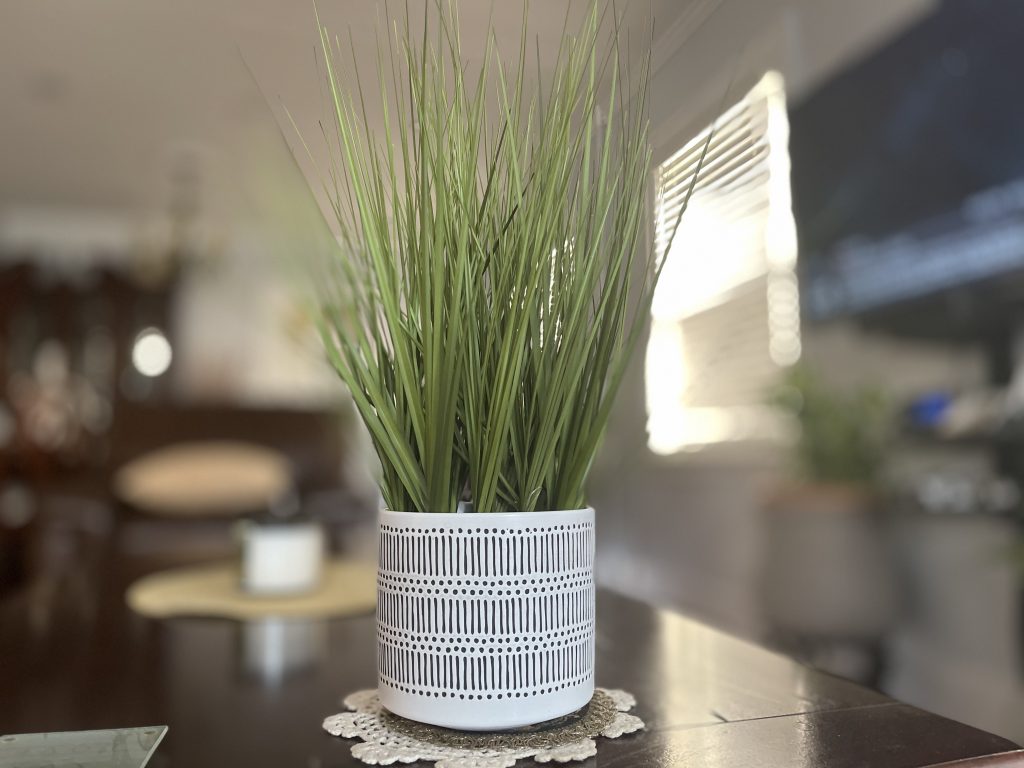
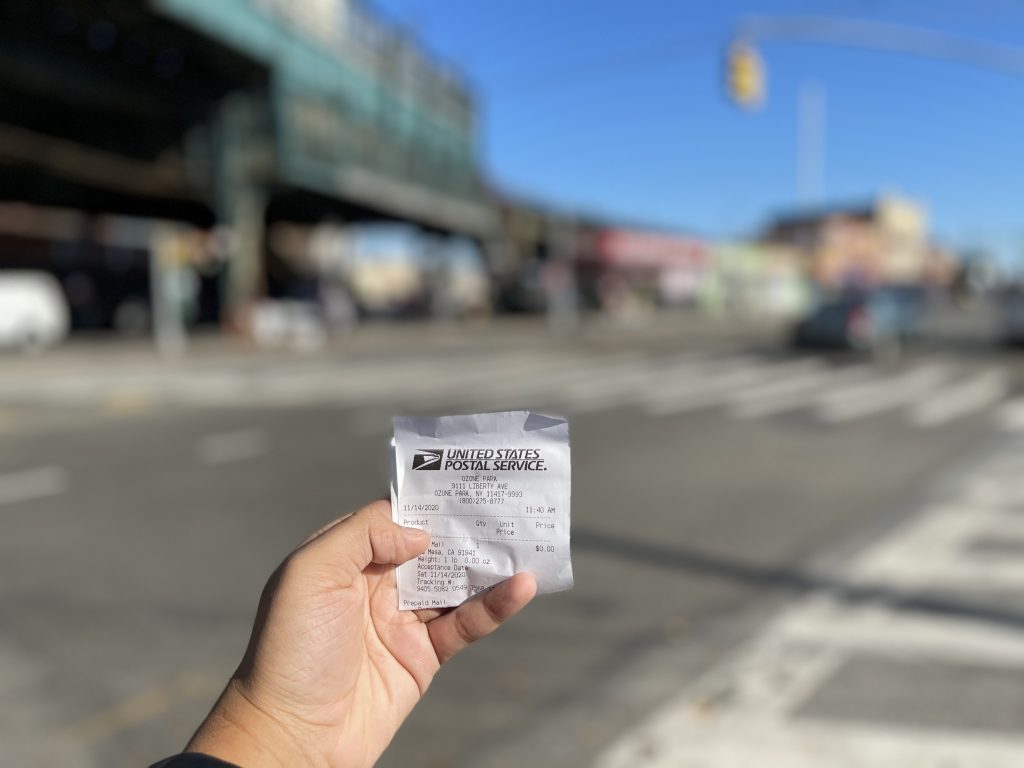





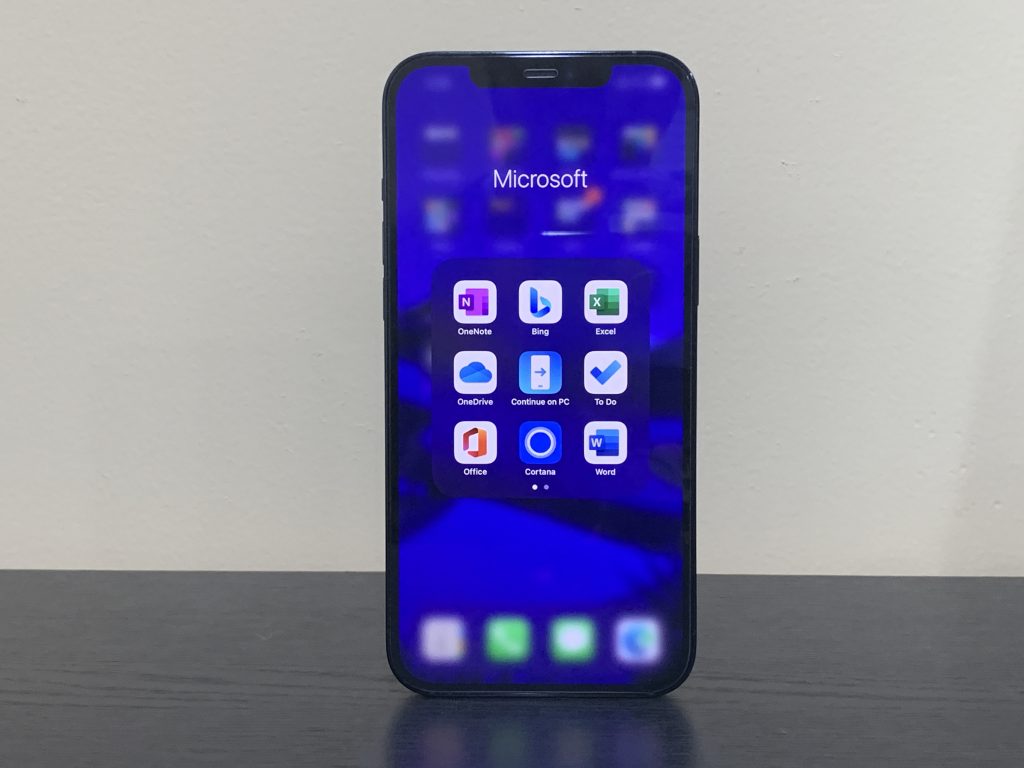
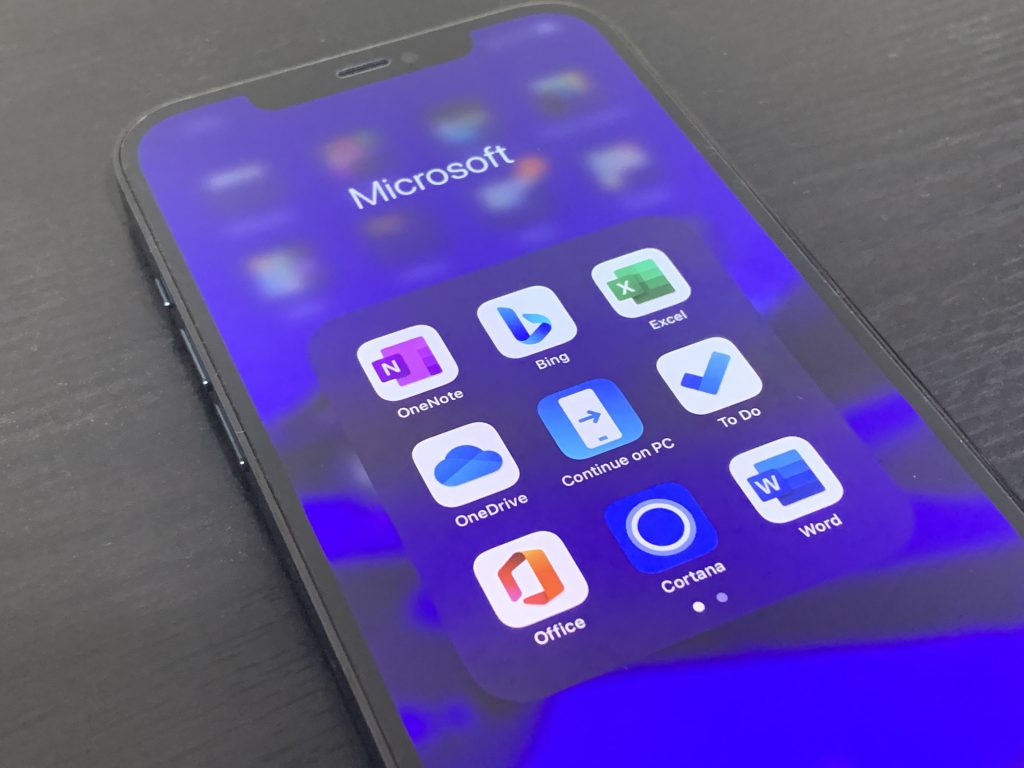
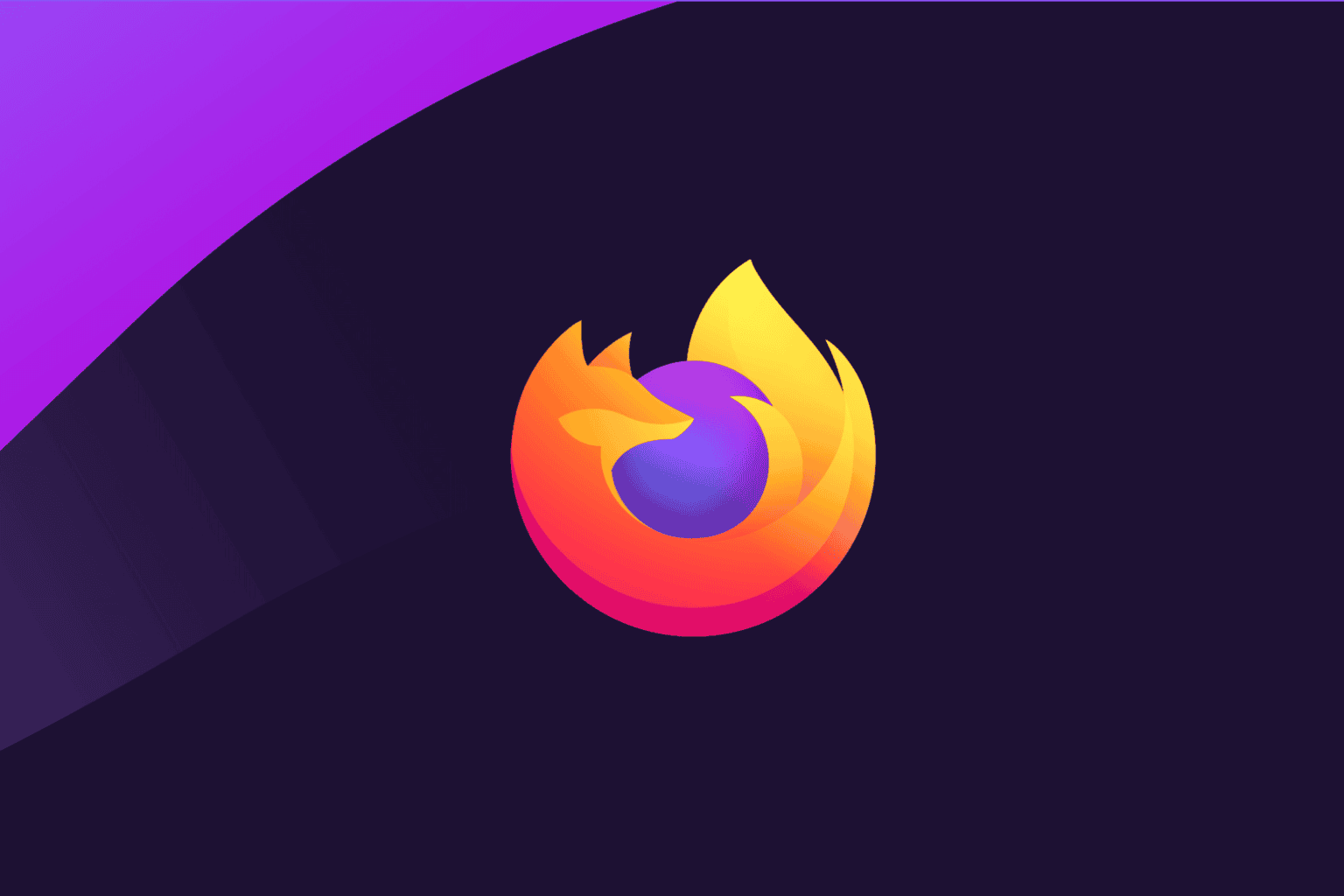
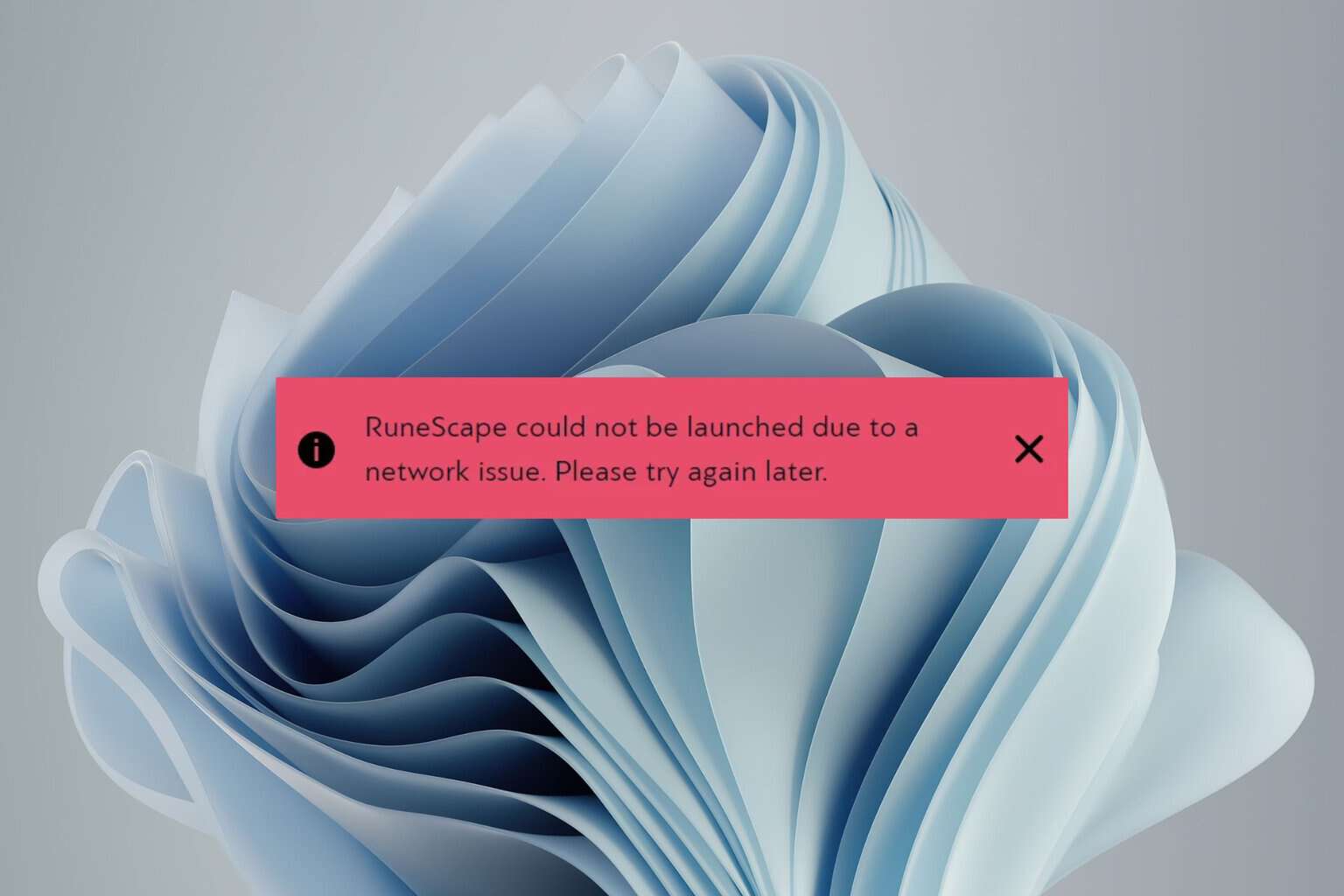
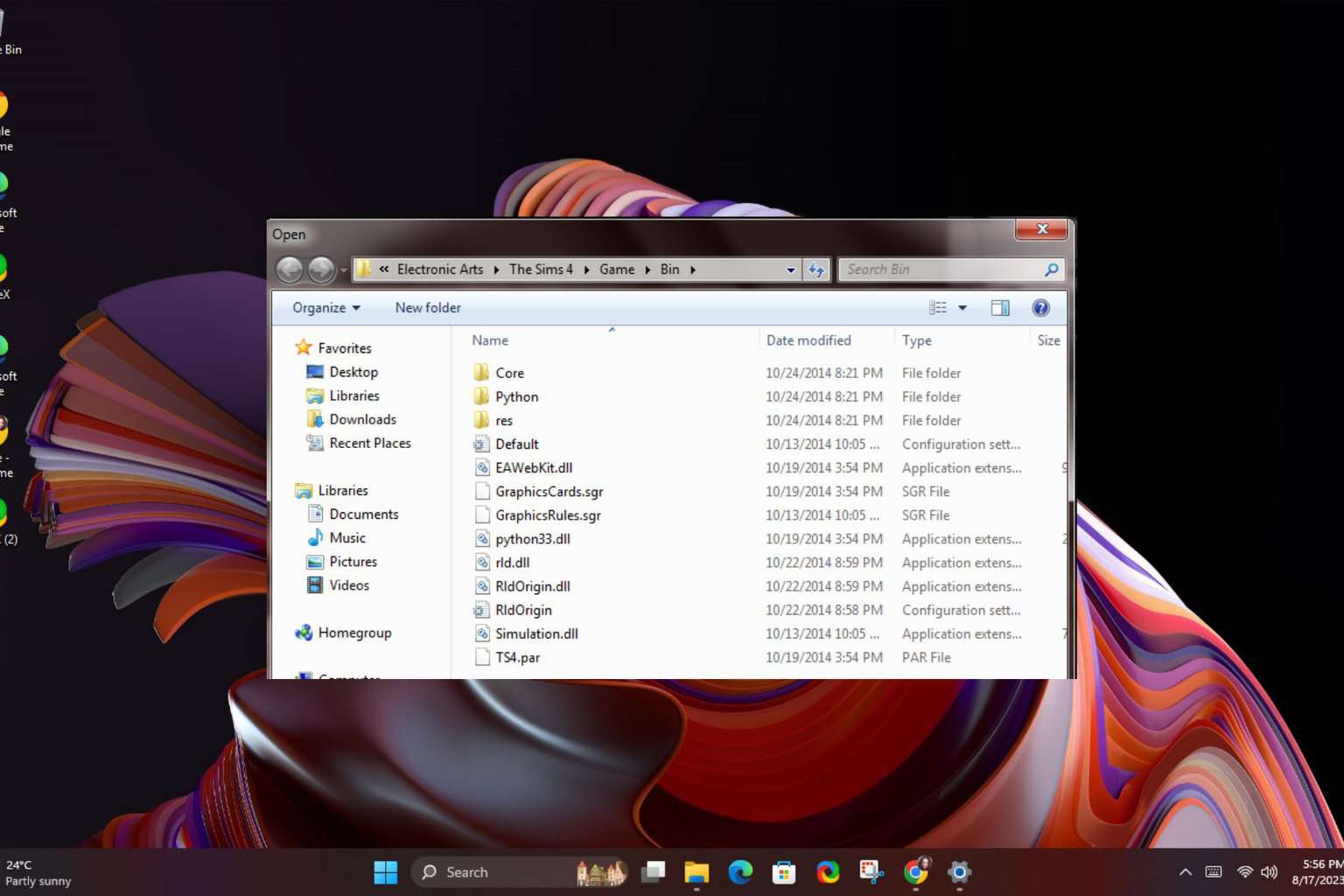
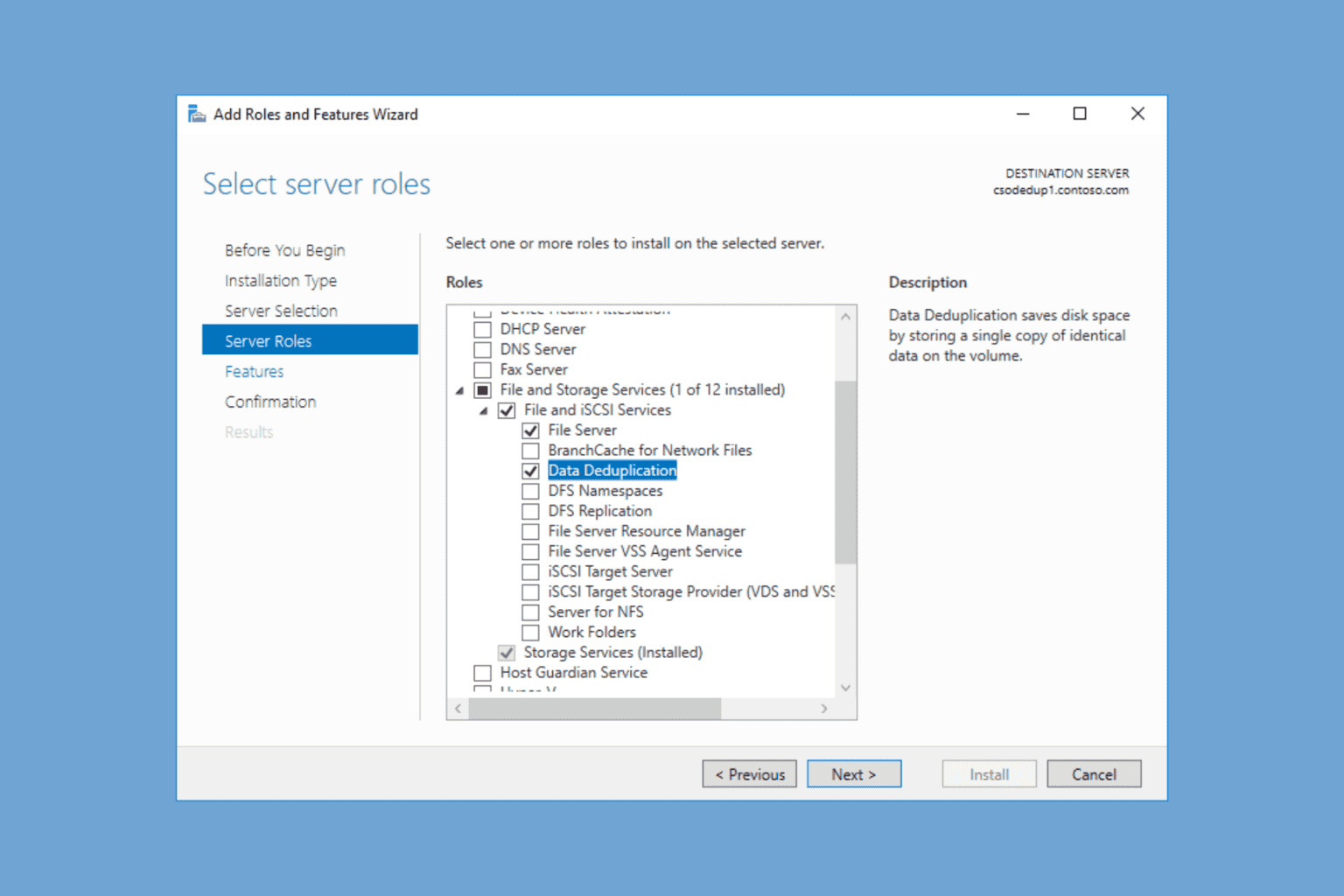
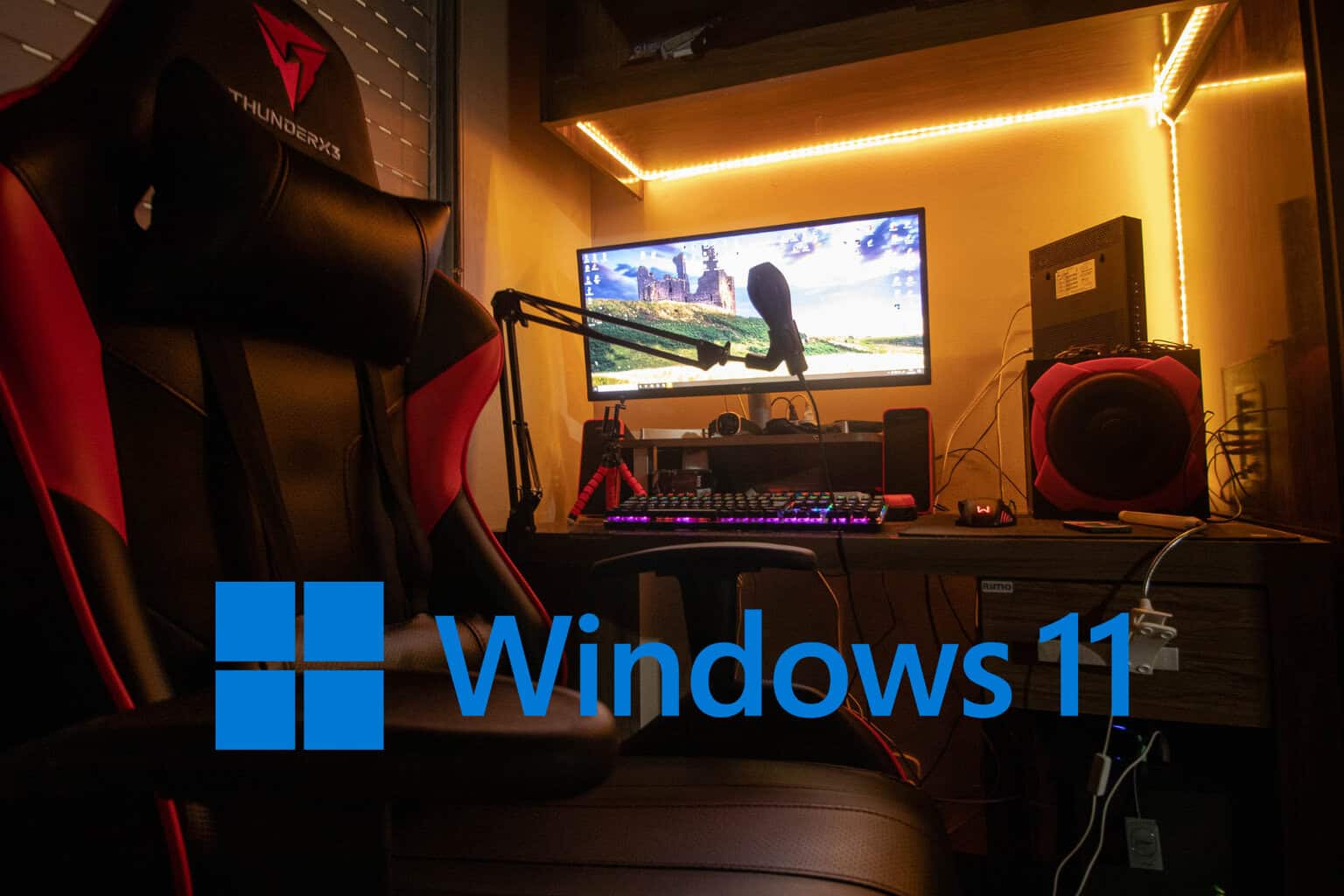
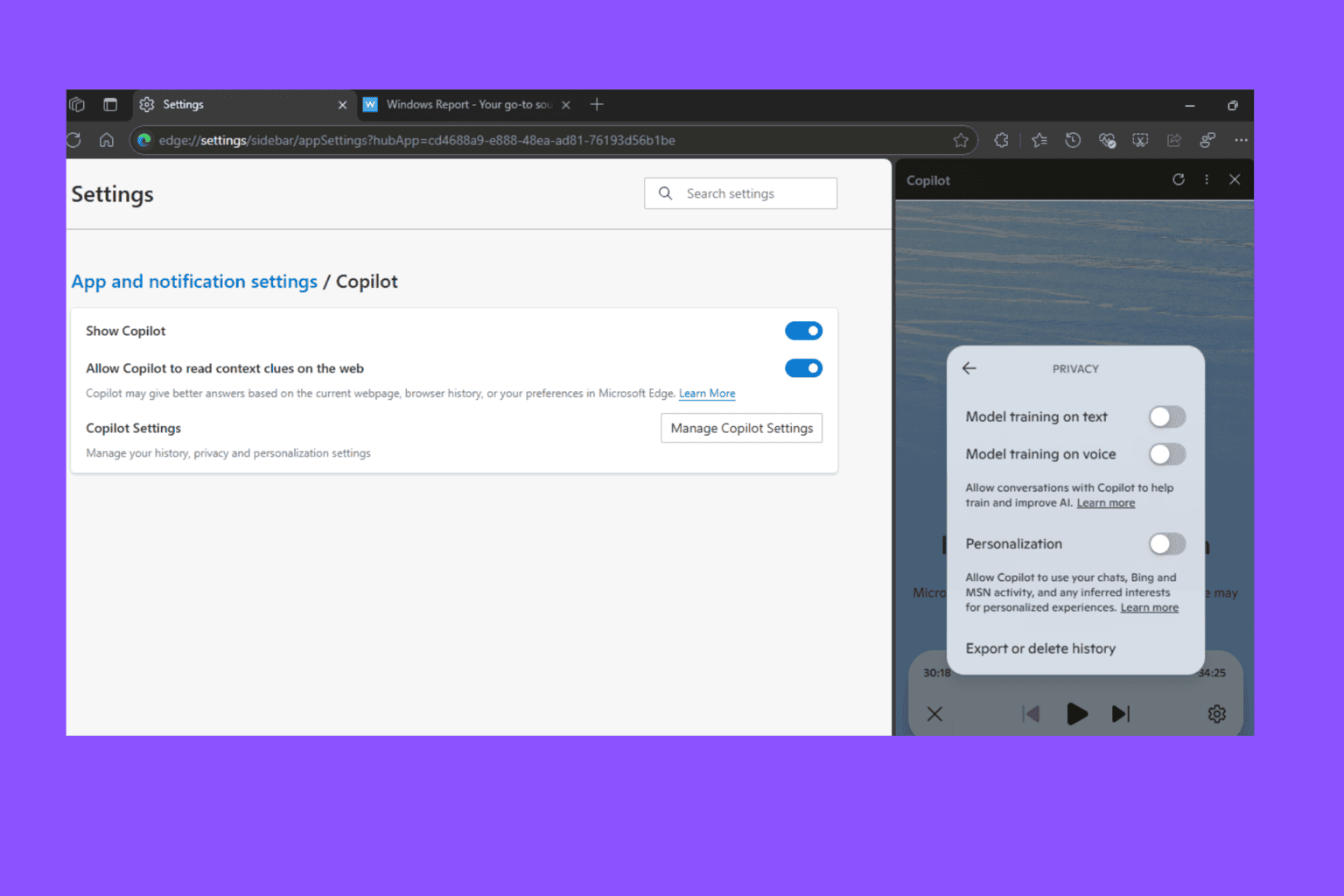


User forum
0 messages